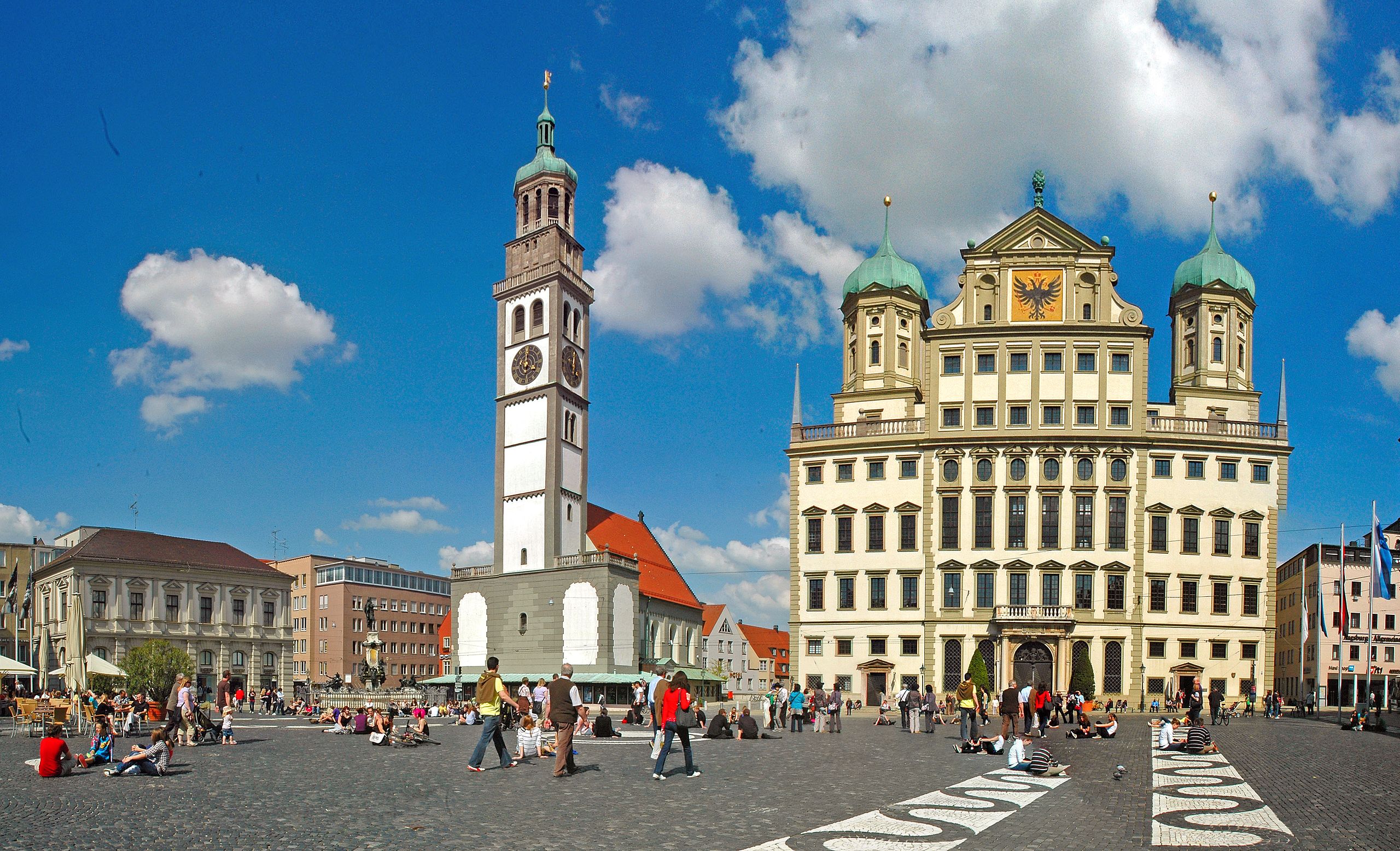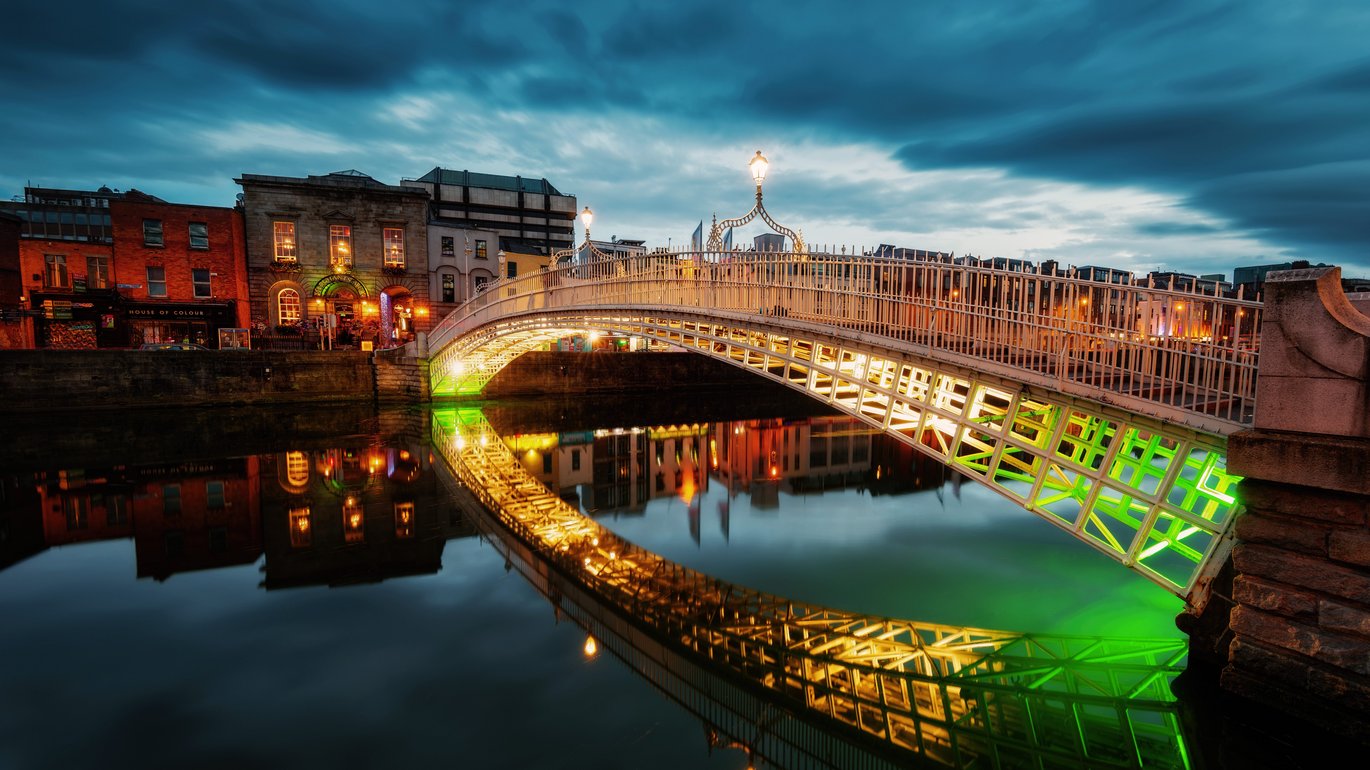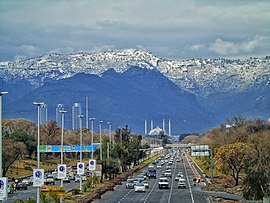Anonymous
Salem


Anonymous
Galápagos Islands

The largest ethnic group is composed of Ecuadorian Mestizos, the mixed descendants of Spanish colonists and indigenous Native Americans, who arrived mainly in the last century from the continental part of Ecuador. Some descendants of the early European and American colonists on the islands also still remain on the islands.
In 1959, approximately 1,000 to 2,000 people called the islands their home. In 1972 a census in the archipelago recorded a population of 3,488. By the 1980s, this number had risen to more than 15,000 people, and in 2010 there were 25,124 people in the Galápagos.
Five of the islands are inhabited: Baltra, Floreana, Isabela, San Cristóbal, and Santa Cruz.
Related: The Darwin finch, a bird named after naturalist, geologist and biologist, Charles Darwin. Described as a group of about 18 species of small land birds, 13 of which are endemic to the Galapagos Islands.
Related: When Charles Darwin visited the Pacific Ocean islands in 1835 little did he know his trip would inspire a Gloucestershire business which would accumulate £450 million and create 100 jobs. https://www.soglos.com/business/49376/How-Charles-Darwins-voyage-to-the-Galapagos-Islands-inspired-a-Gloucester-firm-worth-450-million

The largest ethnic group is composed of Ecuadorian Mestizos, the mixed descendants of Spanish colonists and indigenous Native Americans, who arrived mainly in the last century from the continental part of Ecuador. Some descendants of the early European and American colonists on the islands also still remain on the islands.
In 1959, approximately 1,000 to 2,000 people called the islands their home. In 1972 a census in the archipelago recorded a population of 3,488. By the 1980s, this number had risen to more than 15,000 people, and in 2010 there were 25,124 people in the Galápagos.
Five of the islands are inhabited: Baltra, Floreana, Isabela, San Cristóbal, and Santa Cruz.
Related: The Darwin finch, a bird named after naturalist, geologist and biologist, Charles Darwin. Described as a group of about 18 species of small land birds, 13 of which are endemic to the Galapagos Islands.
Related: When Charles Darwin visited the Pacific Ocean islands in 1835 little did he know his trip would inspire a Gloucestershire business which would accumulate £450 million and create 100 jobs. https://www.soglos.com/business/49376/How-Charles-Darwins-voyage-to-the-Galapagos-Islands-inspired-a-Gloucester-firm-worth-450-million
Anonymous
Accokeek

Where this lovely 4br 4ba home is available for $399,000 in the year of our Lord 2021, and a less than 1hr (MD style) drive from the NCR.

Where this lovely 4br 4ba home is available for $399,000 in the year of our Lord 2021, and a less than 1hr (MD style) drive from the NCR.
Anonymous
Augsburg


Anonymous
Namibia
Fewer than 3 million people. 20% larger than TX.

Fewer than 3 million people. 20% larger than TX.

Anonymous
Oudtshoorn: Oudtshoorn is a town in the Klein Karoo area of South Africa’s Western Cape. It’s known for its ostrich farms and rests along the Route 62 wine route. The central C.P. Nel Museum traces the ostrich-feather boom era and houses a working synagogue. The nearby Cango Wildlife Ranch is a conservation park offering animal petting. To the north, the Cango Caves are a 20-million-year-old network of limestone chambers.


Anonymous
Orono


Anonymous
Anonymous wrote:I love this thread. Thanks OP.
OP started this over 10 years ago! She came back to say how glad she is to see it revived.
I think it became a photo thread organically. I love that it has.
Anonymous
Greensboro, GA

First time I went here and walked down this part of Main Street I went into an antique thrift store. Klan hoods, jewelry were in a glass case in the front. Hundred and hundreds of photos of black and whites of black people were in boxes. I got out of that town before the sun went down.

First time I went here and walked down this part of Main Street I went into an antique thrift store. Klan hoods, jewelry were in a glass case in the front. Hundred and hundreds of photos of black and whites of black people were in boxes. I got out of that town before the sun went down.
Anonymous
Anonymous wrote:Anonymous wrote:Tahiti!
Oh look, that’s me! I remember that day on my stand up paddle board. (A girl can dream)
That was me on my honeymoon. Alone. Seriously. Divorced now. All that glitters isn’t gold. Try Aruba as a holdover spot before Bora Bora for about $20K less.

Anonymous
Nanjing


Anonymous
I love this thread. Thanks OP.
Anonymous
Dublin


Anonymous
Anonymous wrote:Tahiti!
Oh look, that’s me! I remember that day on my stand up paddle board. (A girl can dream)
Anonymous
Islamabad


